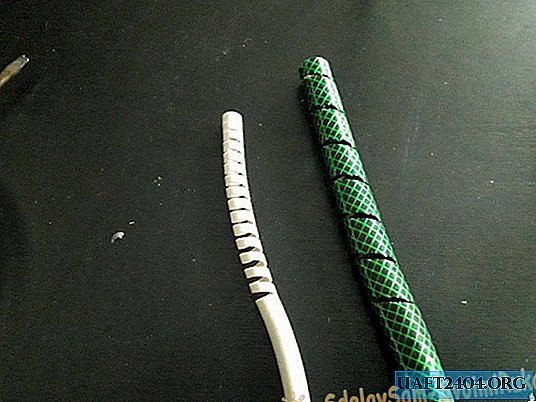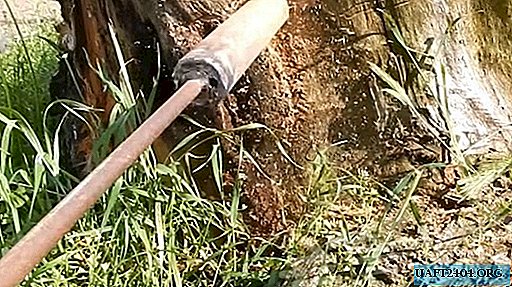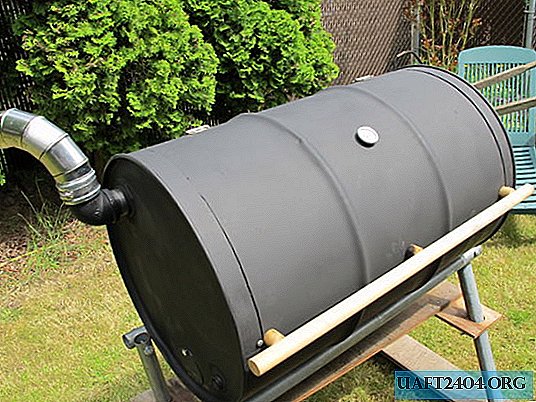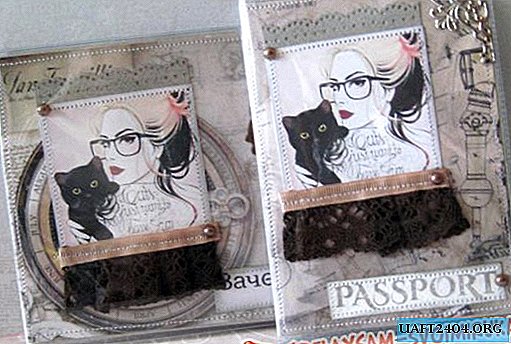Share
Pin
Tweet
Send
Share
Send

You can also apply these twisted bundles for laying computer wires under a computer table, in order to avoid their confusion.

A mounting spiral or twisted bundle is not a necessary thing, but it will go much faster if you lay the wiring in a slotted groove in the wall, or in an electrical box. Laying several wires in one groove, in order to avoid their dispersion, a twisted bundle will do just the way. And if it suddenly ended, a hose of a suitable diameter will help us. If such, of course, is available. I think for any construction, there is always a hose (or a piece of hose). From a small segment, for example, a meter, you can easily make a spiral that stretches to five to seven meters! You can also save money at the beginning of repairs, not to buy an assembly spiral, but to buy any cheap PVC hose that is five times less in length, and turn it into a spiral using a couple of methods, which I will demonstrate below. The first method for a larger hose, the second method for a smaller hose.
For method 1 you will need
- A piece of plastic (or metal-plastic) pipe, approximately 10 cm long, into which the hose of your choice will fit effortlessly.
- Blade from a clerical knife (or from a technical scalpel).
- Second glue and soda.
- Nice, thick knife.
- Pliers.
So, we decided on the diameter of the hose. Now we will select the pipe that is necessary in diameter.

The pipe should not be too wide, but not too narrow - so that the hose can be freely threaded into it without dangling there. Next, we make an oblique incision with a knife on the pipe, as shown in the photo:

We break off part of the blade from the clerical knife with pliers.

Insert the tip into the notch on the pipe so that the tip of the blade protrudes into the pipe by about four to five millimeters.


We fix the blade in the incision with second glue and sprinkle with soda.


We wait a minute or two for the glue with soda to completely petrify. We insert the hose into the tube with the blade, and turn the hose towards the edge of the blade. From another hole in the pipe, a ready-made spiral will climb.

If your hose is long, then the tube can be clamped in a vice, for greater convenience, and if it is short, you can hold it in your hand. And one more thing, the more oblique, relative to the length of the plastic tube, we will make an incision for the blade, the larger the spiral pitch will be. You can immediately make several different cuts, at different angles, and then simply rearrange the blade in one or another cut, depending on the spiral pitch you need.

For method 2 you will need
- The tube is metal, with a caliber slightly smaller than the inner diameter of the hose.
- File or file for metal.
- Powerful lighter or soldering iron with tin and flux.
- A piece from a clerical knife blade.
- A screwdriver that fits into the tube.
Preparing this tool for making a spiral from a thin hose will not take much more time than in the first method. However, this tool will last longer. Here the principle of action is the same as in the first method, only the spiral will be cut no longer inside the tube, but outside. So, using a thin file or metal file, we make the same cut on the tube as in the first method.


We smear the incision and the blade with a flux, insert the blade into the incision, heat it with a lighter, and apply solder.


A matter of one minute! Then, again, for convenience, we put the tube with the soldered blade on a suitable screwdriver (or another handle), put our hose on the tube until it hits the blade and, rotating the hose towards the edge of the blade, cut the spiral. Many will think that you can just as easily stick a blade into, say, a pencil, fix it with glue and cut for your own pleasure, but I will say right away that you can’t cut a lot with such a tool. And the same tool can be used constantly when the need arises, if you carefully tidy it up after finishing work. In such a simple and fairly quick way (more precisely, ways), you can finish part of the repair without waiting for the store to open.


Using:


Share
Pin
Tweet
Send
Share
Send











